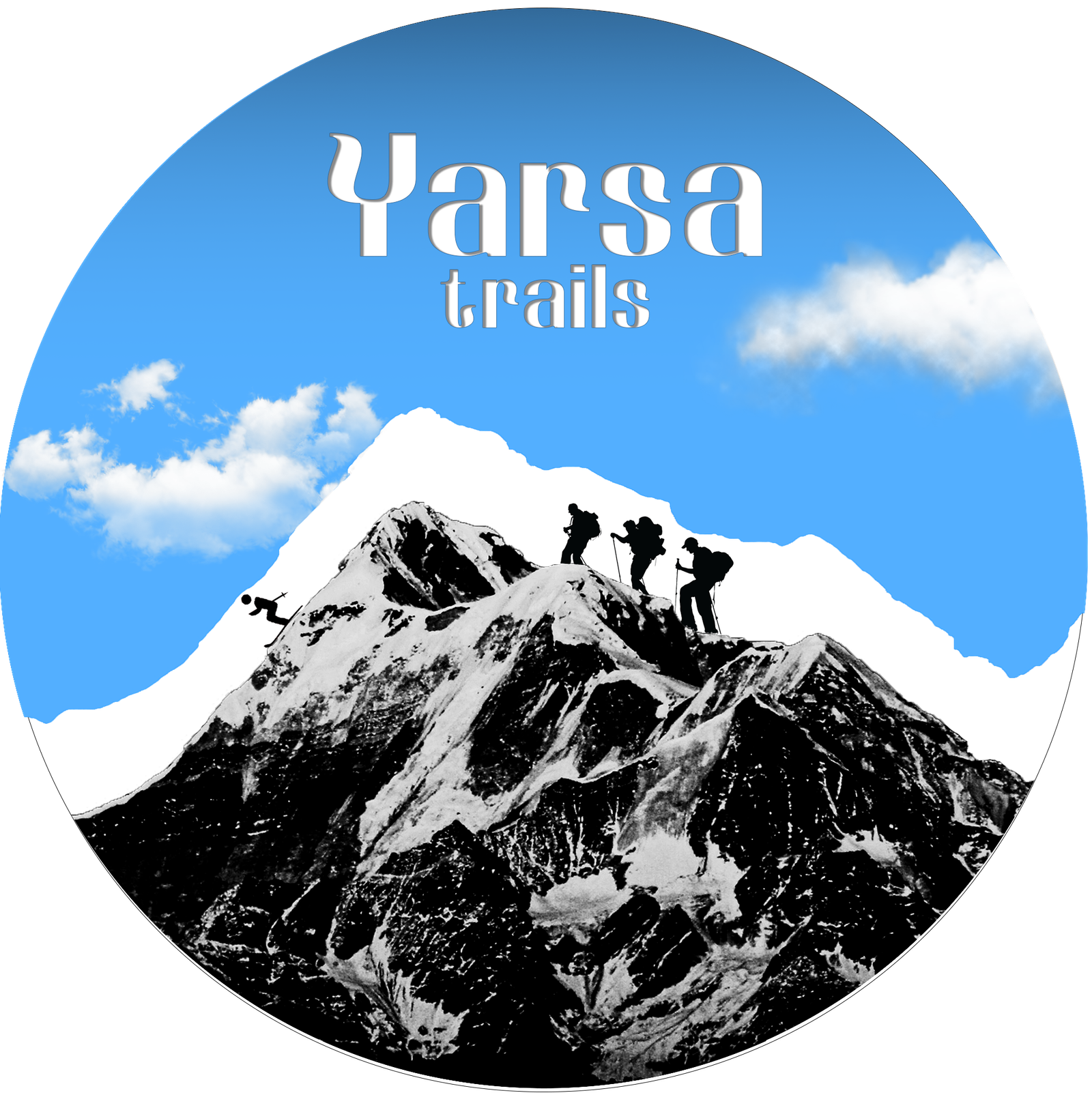Altitude sickness is a common challenge for trekkers in the Himalayas. The excitement of high-altitude treks can quickly turn into a serious health issue if the symptoms are ignored. This guide will help you understand altitude sickness, its symptoms, how to prevent it, and what to do if you experience it while trekking.
What is Altitude Sickness?
Altitude sickness, also known as Acute Mountain Sickness (AMS), occurs when your body struggles to adjust to lower oxygen levels at higher elevations. It usually affects trekkers at altitudes above 2,500 meters (8,200 feet) and can range from mild to life-threatening.
There are three main types of altitude sickness:
- Acute Mountain Sickness (AMS): The mildest and most common form, causing headaches, nausea, and fatigue.
- High Altitude Pulmonary Edema (HAPE): A severe condition where fluid builds up in the lungs, making it difficult to breathe.
- High Altitude Cerebral Edema (HACE): The most severe form, where fluid swells in the brain, leading to confusion, lack of coordination, and potentially fatal outcomes if not treated promptly.
Symptoms of Altitude Sickness
Symptoms can vary, but it’s important to recognize them early to prevent the condition from worsening.
- AMS Symptoms: Headache, dizziness, nausea, vomiting, shortness of breath, and fatigue.
- HAPE Symptoms: Severe shortness of breath, even at rest, chest tightness, persistent cough (often with frothy sputum), and extreme fatigue.
- HACE Symptoms: Severe headache, confusion, loss of coordination, hallucinations, and unconsciousness.
Prevention of Altitude Sickness
Preventing altitude sickness involves careful planning, pacing, and being mindful of your body’s signals.
- Ascend Gradually: The most effective way to prevent AMS is to ascend slowly. Avoid gaining more than 300-500 meters in a day once you’re above 3,000 meters. Take rest days to acclimatize, especially when trekking to high altitudes.
- Stay Hydrated: Drink plenty of water to help your body acclimatize. Avoid alcohol and caffeine as they can dehydrate you, worsening the symptoms.
- Avoid Overexertion: Trek at a pace that feels comfortable. Save your energy by taking breaks, especially on steep sections.
- Eat Carbohydrate-Rich Meals: Eating high-carbohydrate foods helps your body to use oxygen more efficiently, which can be beneficial at high altitudes.
- Consider Acclimatization Medications: Medications like Acetazolamide (Diamox) can help speed up acclimatization, but consult a doctor before use. This medication can help reduce the severity of symptoms but does not cure altitude sickness.
Treatment for Altitude Sickness
If you or someone in your group shows symptoms of altitude sickness, it’s crucial to act quickly. Here’s how to handle the situation:
- Stop Ascending: If you experience symptoms of AMS, do not go higher until your symptoms subside. Rest, hydrate, and take it easy.
- Descend if Symptoms Worsen: If symptoms don’t improve with rest or become severe (especially signs of HAPE or HACE), immediate descent is critical. Even descending 300-500 meters can make a big difference.
- Medications: Painkillers can help with headaches, while anti-nausea medication can ease stomach discomfort. For severe cases, Acetazolamide can help speed acclimatization, and Dexamethasone is often used for HACE. Oxygen therapy can also be a lifesaver at high altitudes.
- Seek Medical Help: If symptoms are severe or don’t improve with descent, get medical help as soon as possible. Some high-altitude trekking routes have medical camps equipped to handle emergencies.
Key Takeaways
- Listen to Your Body: Pay attention to how you feel and don’t ignore symptoms.
- Acclimatization is Key: Taking your time to adjust to the altitude can prevent serious illness.
- Be Prepared: Know the symptoms and how to respond. Even a basic understanding of altitude sickness can help you manage the risks effectively.
Altitude sickness is a serious risk when trekking in the Himalayas, but with the right preparation and awareness, it doesn’t have to stop you from enjoying your adventure. Take it slow, listen to your body, and be ready to act if symptoms arise. Your safety comes first, so don’t hesitate to turn back or descend if needed.
